“Bye Bye Morons”: A Poignant Tapestry of Fragmented Narratives and Unbaked Emotions
The concluding moments of “Bye Bye Morons” resonate with a striking echo of classics like the French film “Love Me If You Dare,” presenting a tragic denouement at the very climax of what largely unfolds as a comedy. One might be tempted to describe this work as a bittersweet cinematic experience, perhaps even bestowing upon it a generous measure of praise for its evocative setup. Yet, beneath its surface, the film is undeniably riddled with a profound sense of haste and disjointedness, characterized by palpably stark gaps between its numerous thematic fragments. These very fissures serve as eloquent testaments to the work’s inherent rough-hewn quality and pervasive mediocrity.
Each of the disparate elements — from the grave subject of cancer and the pervasive injustices of the workplace, to the ubiquitous specter of government surveillance, a moving quest for a lost son, and the delicate burgeoning of love — is, in potential, a richly layered ‘bud’ capable of blossoming into a complete, compelling narrative.
However, within this particular film, each of these promising fragments is systematically reduced to a bare block, its intricate layers completely erased, apparently in the hope that it can awkwardly butt against another clumsy block to simply propel the overall narrative forward.
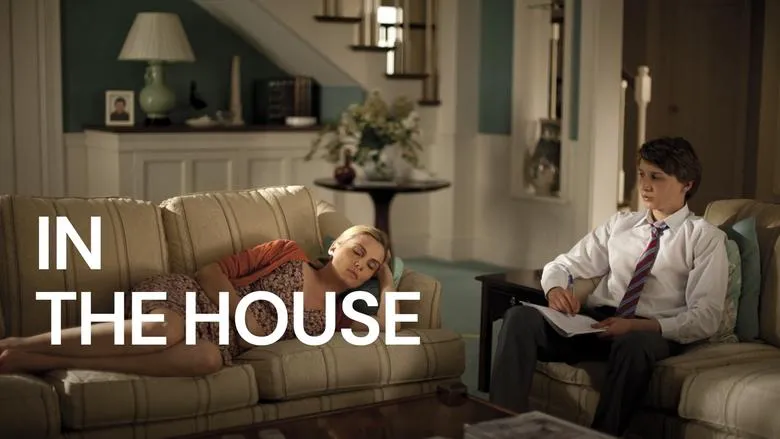
The Ill-Fated Road Trip and the Absence of Authentic Romance
At its heart, “Bye Bye Morons” largely adheres to the established narrative rhythm of a road movie or a picaresque novel, skillfully employing a parallel structural approach to illuminate the desperate circumstances of its female and male protagonists. Their destinies, improbable as they seem, are dramatically intertwined by the sudden crack of a gunshot, an event that propels them onto an unexpected odyssey to locate the woman’s son. The initial setup of their encounter is undeniably intriguing, showcasing a clever spatial arrangement that juxtaposes a deeply personal search with the pervasive reach of a clandestine government surveillance program. This ingenious framing allows the two, individuals from vastly divergent backgrounds, to inhabit a shared space yet remain separated by an unseen wall—a barrier dramatically breached by the man’s desperate, albeit ultimately failed, suicide attempt.
As a discerning viewer, one can readily accept the logistical cleverness of their initial meeting, and even the underlying narrative rationale woven into the script that brings them together. What remains undeniably perplexing, however, is the exact moment when any genuine sparks of romantic affection are supposed to fly between them; their genesis feels entirely untraceable and largely ill-defined.
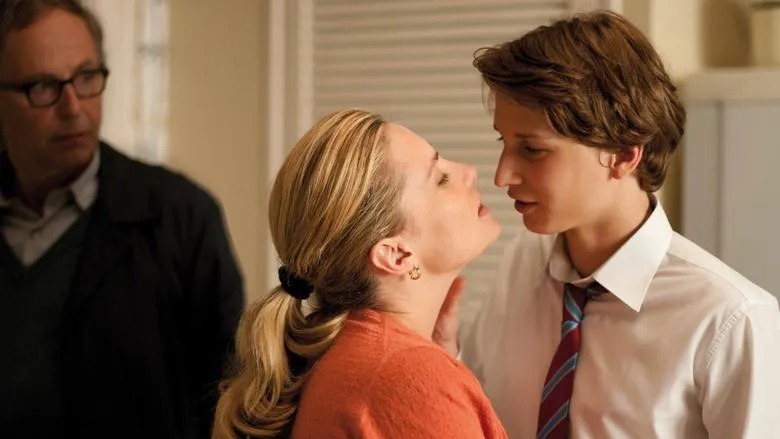
The Foundation of Love, Or Its Virtual Conjuring
If one were to confidently identify the evolving relationship between the two main characters as “love,” it would undoubtedly benefit immensely from the profound insights offered by a literary giant like Carson McCullers. The immediate association with McCullers might partly stem from considering her novella, “The Ballad of the Sad Café,” as one of the most insightful – and at times, brutally honest – interpretations of love’s complex nature. Alternatively, it could be due to the novella’s subtly fairy-tale-esque quality, which perhaps shares an odd resonance with the film’s own whimsical, even fantastical, plot turns. In “The Ballad of the Sad Café,” the tender germination of love in the human heart is exquisitely articulated through the intense gaze directed at the object of desire, and the consequent profound vulnerability of the subject of love. While the specific descriptive techniques naturally differ across mediums, such meticulous attention to detail forms the indispensable bedrock for the construction of an entire fictional narrative – the vital foundation upon which any credible fictional castle is built. More crucially, this intricate layer of description permeates McCullers’ entire work, applying to every character, and converging into a singular, undeniable thread – a timeless rule, expanding individual affection into a destined, inescapable spell that binds all of humanity.
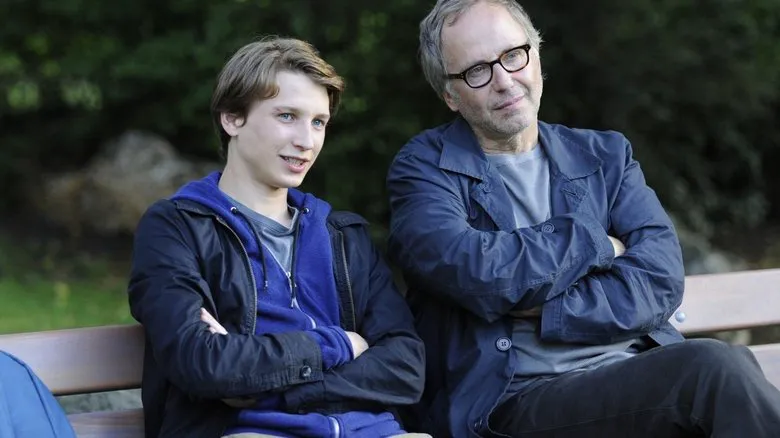
Returning to “Bye Bye Morons,” affection becomes little more than a virtual entity, seemingly conjured into existence out of thin air with a mere snap of the fingers. The very fabric of the plot setting fails to provide the two protagonists with ample opportunities to truly gaze upon each other, to genuinely examine and cultivate their nascent feelings. The very blossoming of love necessitates such an opportune moment, a fleeting instant that countless films throughout history have exquisitely captured – scenarios too numerous to recount here. What proves even more eyebrow-raising is the apparent attempt by the screenwriter to indirectly nurture the romantic tie between the male and female leads by awkwardly roundabouting through the affection for the heroine’s son, forcibly shaping his image into a convenient “2.0” version of the hero himself.
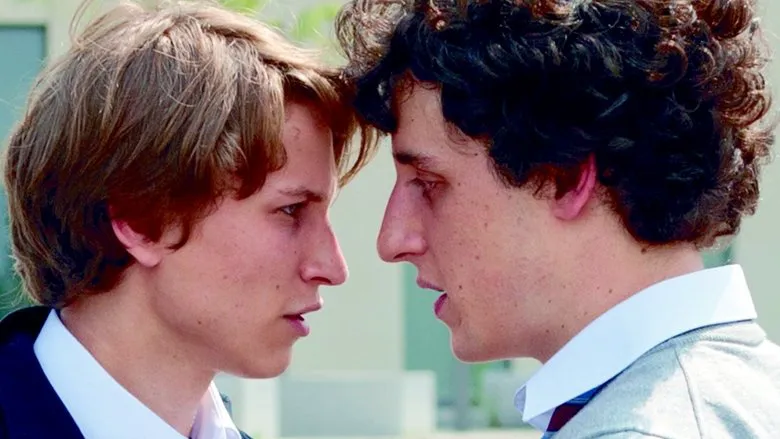
Regarding the intricate interplay between comedy and love, if the film cannot aspire to the sublime, transformative heights of a Chaplin, it might at least draw some lessons from the “Mr. Bean” series: there is no inherent narrative compulsion to inextricably intertwine comedic elements with romantic arcs, nor is it strictly necessary for protagonists to develop profound affection for each other. The film’s climactic sequence surprisingly marks the first explicit appearance of what is to be understood as their “love,” yet it culminates in a perplexing, logically fragmented tragic ending. The heroine’s impulsive act of seizing a gun and confronting a squad of policemen can be interpreted as a desperate refusal to passively await a painful death from cancer in a sterile hospital setting, opting instead for a more dramatic, self-authored demise. However, the hero’s subsequent “kiss of death” feels like another arbitrary, snap-of-the-fingers whim of the screenwriter, especially considering that following his initial suicide attempt at the film’s outset, the hero consistently exhibited a resilient desire to survive. This pervasive emptiness, this almost ‘plastic’ sensation of their love, remains utterly unchanged and unmitigated, even by the heroine’s undeniable physical beauty.
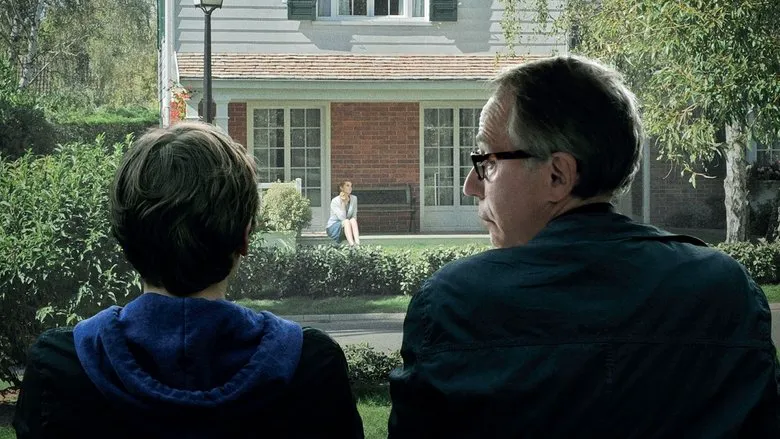
Fleeting Encounters and Missed Opportunities
The film admirably attempts to embody the narrative structure of a traditional hobo novel or a road movie. Indeed, once the male and female protagonists officially embark upon their meandering journey, their very first significant character encounter proves remarkably eye-catching. This individual is an ordinary, seemingly harmless employee, deeply scarred by a past of police misconduct, now rendered a pitiable blind man – a truly vulnerable figure, an archivist tragically cast into metaphorical darkness. He is, in essence, the classic, archetypal character most frequently encountered in hobo narratives. He boasts a complete life story, a rich tapestry of past experiences, and his blindness itself transcends a mere physical ailment, becoming a profound carrier of broader social commentary. Undoubtedly, he serves as the very first significant “lesson” or experience for the male and female protagonists after they irrevocably deviate from their own seemingly predetermined life trajectories. Rendered with exemplary body language, this character unequivocally stands out as a genuine highlight of the film’s comedic elements.
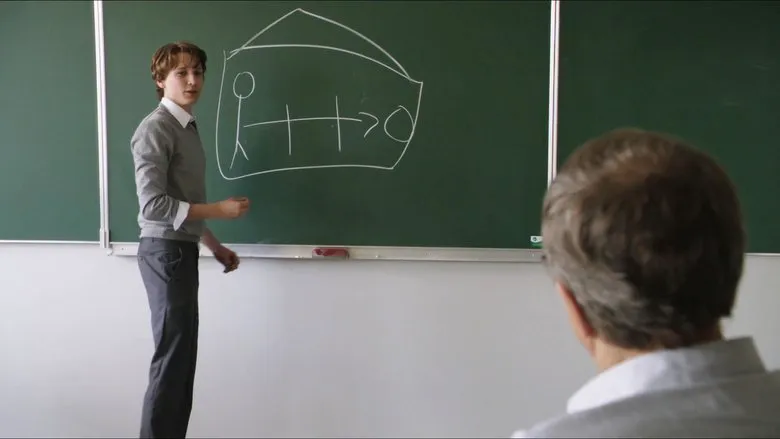
The profound misfortune, however, lies in the singular nature of this character and this profound encounter. For a genre so reliant on a mosaic of human interactions – a road movie – such a scarcity of deeply meaningful encounters is genuinely regrettable. While the characters do drift through an assortment of varied locales, their collective life experiences regrettably lack the richness, texture, and transformative impact that defines a truly compelling journey.
Secondly, concerning the characters’ linear progression, the screenwriter’s imaginative breadth appears entirely tethered by the ultimate, singular plot objective: the finding of the son. As a consequence, all the characters’ auxiliary experiences along the way become frustratingly flattened, utterly devoid of any potential for true depth or profound insight. The narrative thread involving the demented obstetrician, for instance, who finds his way home solely to reunite with his wife (so that she might divulge the whereabouts of the heroine’s son), exemplifies this almost utilitarian, one-dimensional approach.
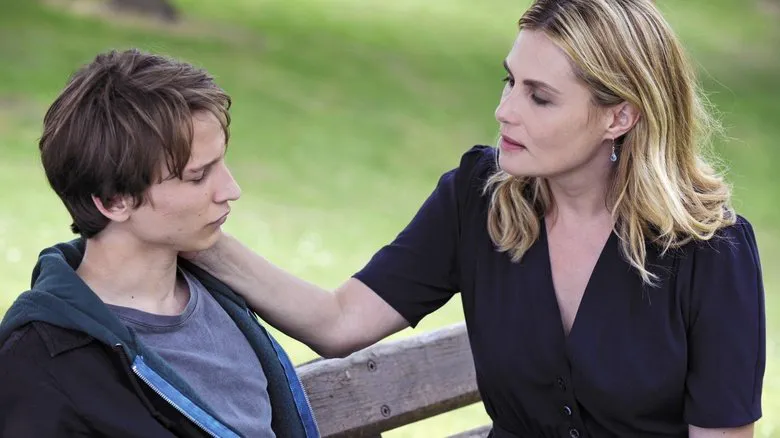
In stark contrast, the scene where the blind archivist guides them solely through his memory, navigating the city’s labyrinthine paths, restores a fleeting semblance of the authentic essence of a road movie. It necessitates a brief, meaningful deviation from the primary narrative track, shifting the focus, however momentarily, from the main characters and events, investing instead in a small, enriching fork in the road—allowing entry into another layered narrative dimension. This is akin to the scattered, yet profound, sensation of one’s concentration being beautifully broken by an unexpected, insightful stream of thought. When the blind administrator patiently sits within the heroine’s car, vividly describing the cityscape etched in his mind’s eye to her, the ethereal overlay of the city’s reflection on the glass, juxtaposed with the character’s expressive face, offers us a compelling possibility of dual spatio-temporal co-existence – a fleeting moment of unfolded narrative poetry.
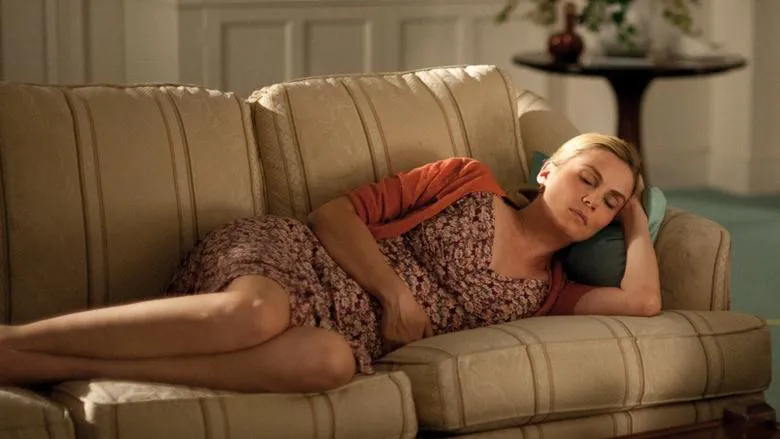
Unfulfilled Potential and a Disappointing Climax
Diametrically opposed to this brief, poetic interlude, the most profoundly disappointing aspect of the film’s spatial and thematic setting tragically manifests in its conclusion. As the three protagonists sit on a solitary bench, their gazes fixed upon the towering high-rise building where the heroine’s son supposedly works, it becomes almost impossible not to vividly recall the arresting, powerful final scene of François Ozon’s “In the House.” Ozon’s finale is undeniably a masterstroke, a “finishing touch” that flawlessly intertextualizes with and profoundly enriches the entire film’s thematic tapestry, creating a truly miraculous cinematic moment.
In sharp contrast, this particular scene in “Bye Bye Morons” sadly diminishes its characters, reducing them to little more than lifeless chess pieces. The hero’s computer screen, combined with the omnipresent and inescapable building surveillance cameras, conspire to transform every individual within that skyscraper – including the heroine’s own son and his presumed sweetheart – into trivial, ‘plastic’ figures populating a static miniature landscape. The very underlying rationale for their existence within this cinematic frame is not to allow the protagonists to delve meaningfully into another complex human reality, but rather to merely expedite a flimsy, unearned romance, devoid of any genuine build-up or emotional resonance.

As a French film, its anti-“political correctness” stance remains distinctly Gallic: it boldly displays a fearless indifference, for instance, towards the nuances of a relationship between a fifteen-year-old girl and a twenty-year-old adult. Furthermore, the film readily embraces our familiar targets of societal satire: the often-overzealous police force, the cumbersome and inefficient bureaucratic system, and the frequently flawed judicial apparatus. The pivotal line that gives the film its title, “Adieu les cons” (“Bye Bye Morons”), is perhaps more accurately and potently translated as “Goodbye, idiots.” While the Chinese translation “笨蛋” (bèn dàn), conveying “fool” or “idiot,” carries a mild sense of reproach, “蠢货” (chǔn huò), meaning “idiot” or “stupid,” more accurately reflects the original French phrase’s audacious rebellion and biting satirical edge, thereby subtly diluting the somewhat incongruous sense of tragic martyrdom that might otherwise cling to its ultimate conclusion.